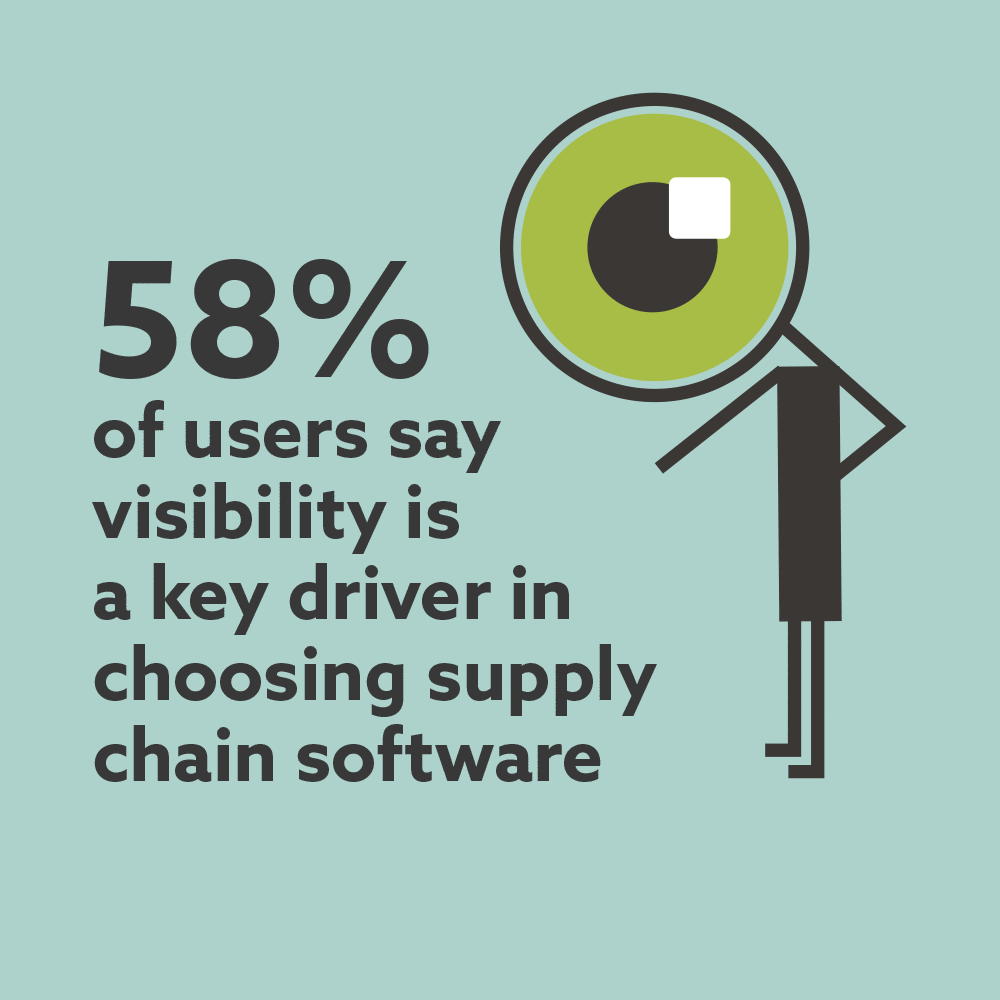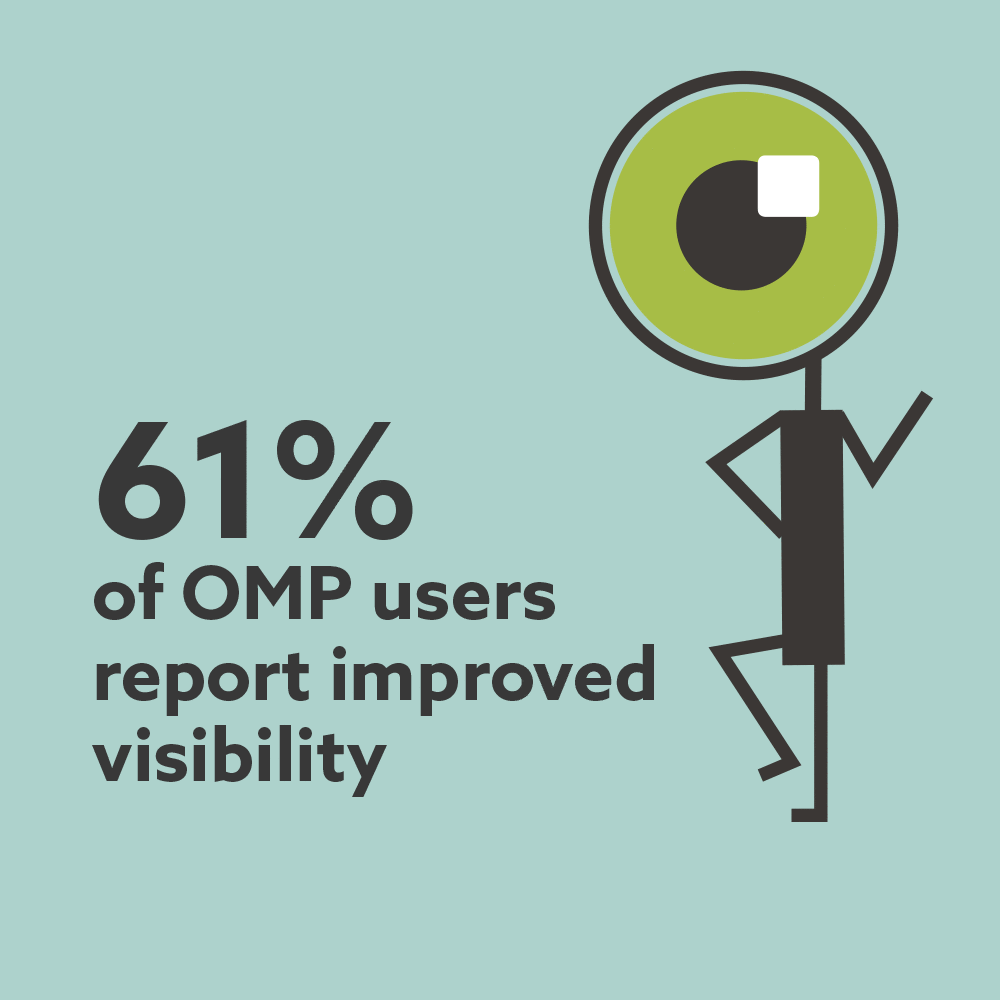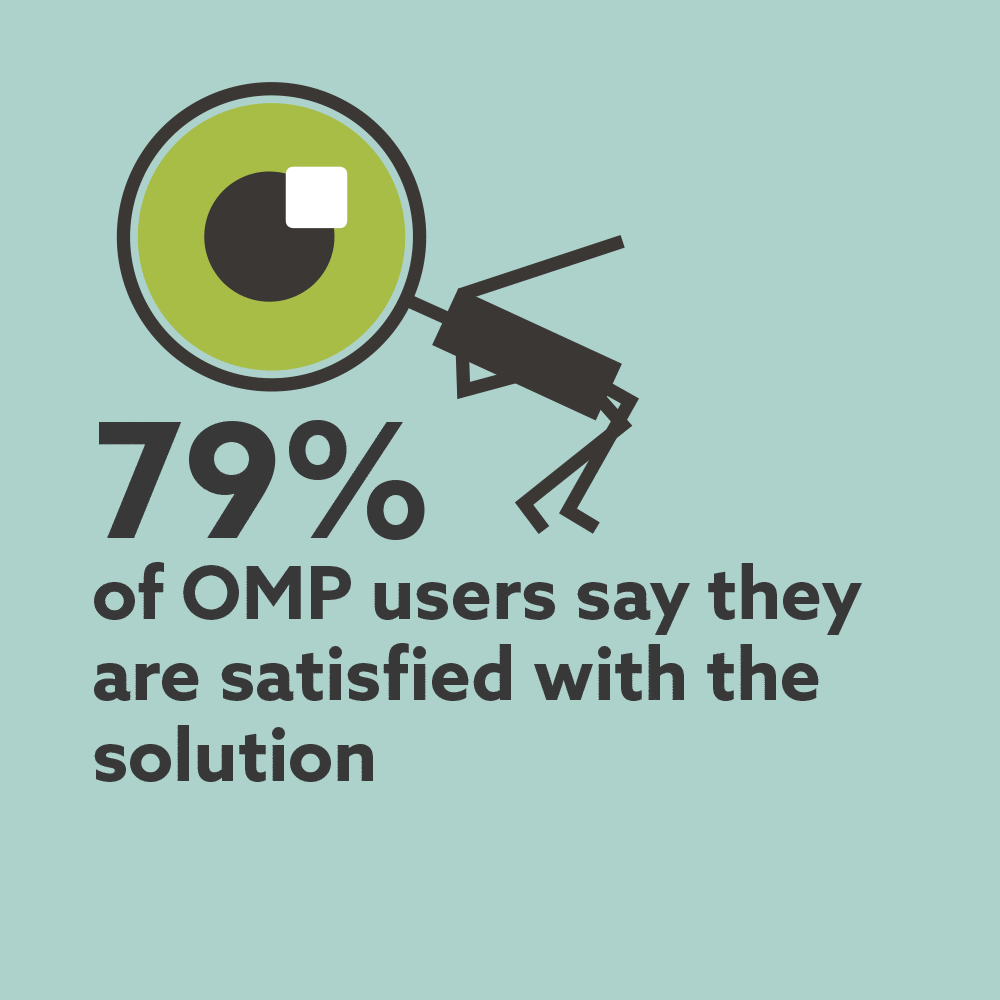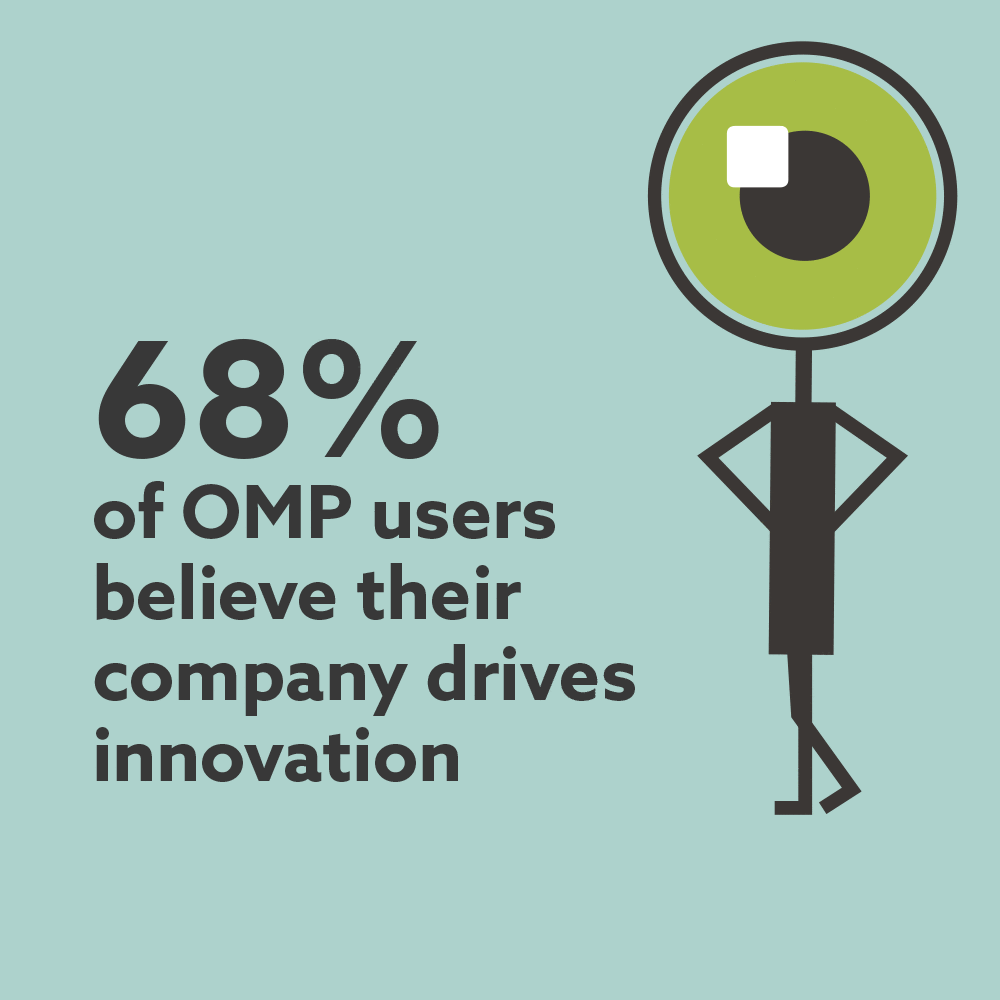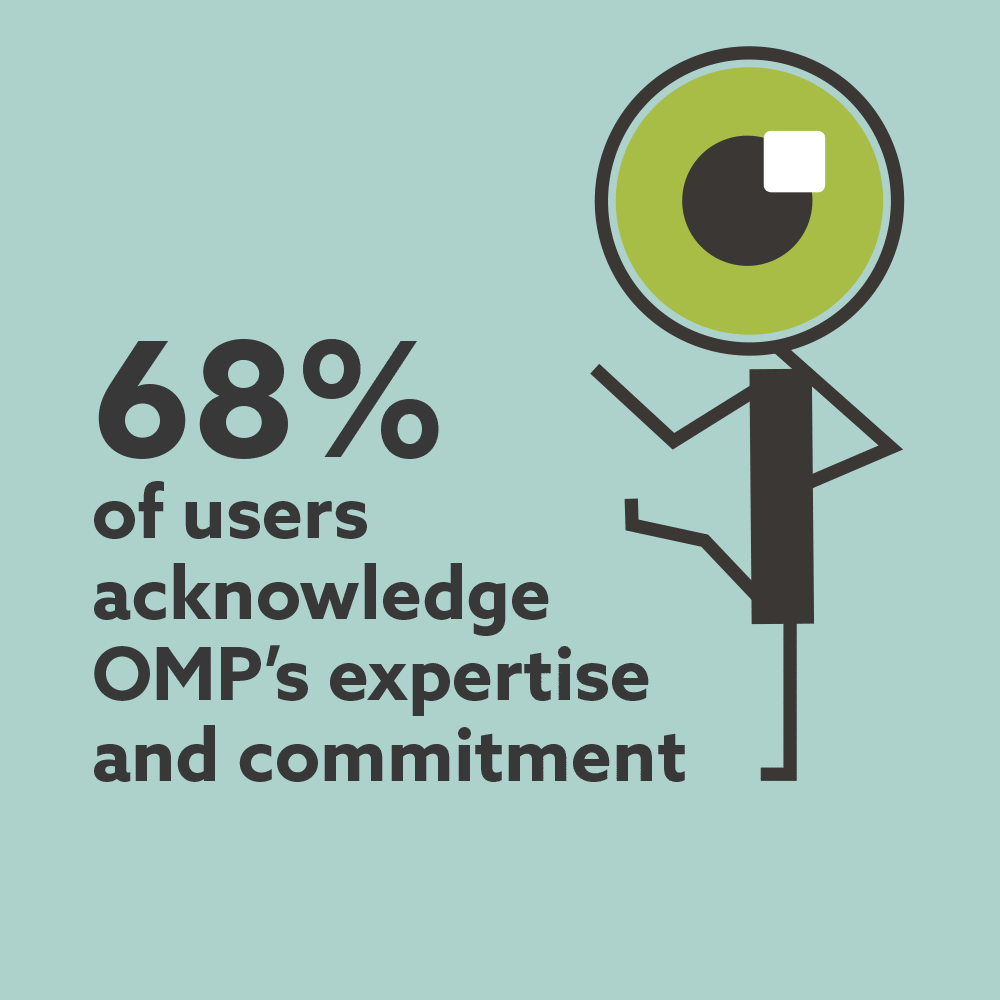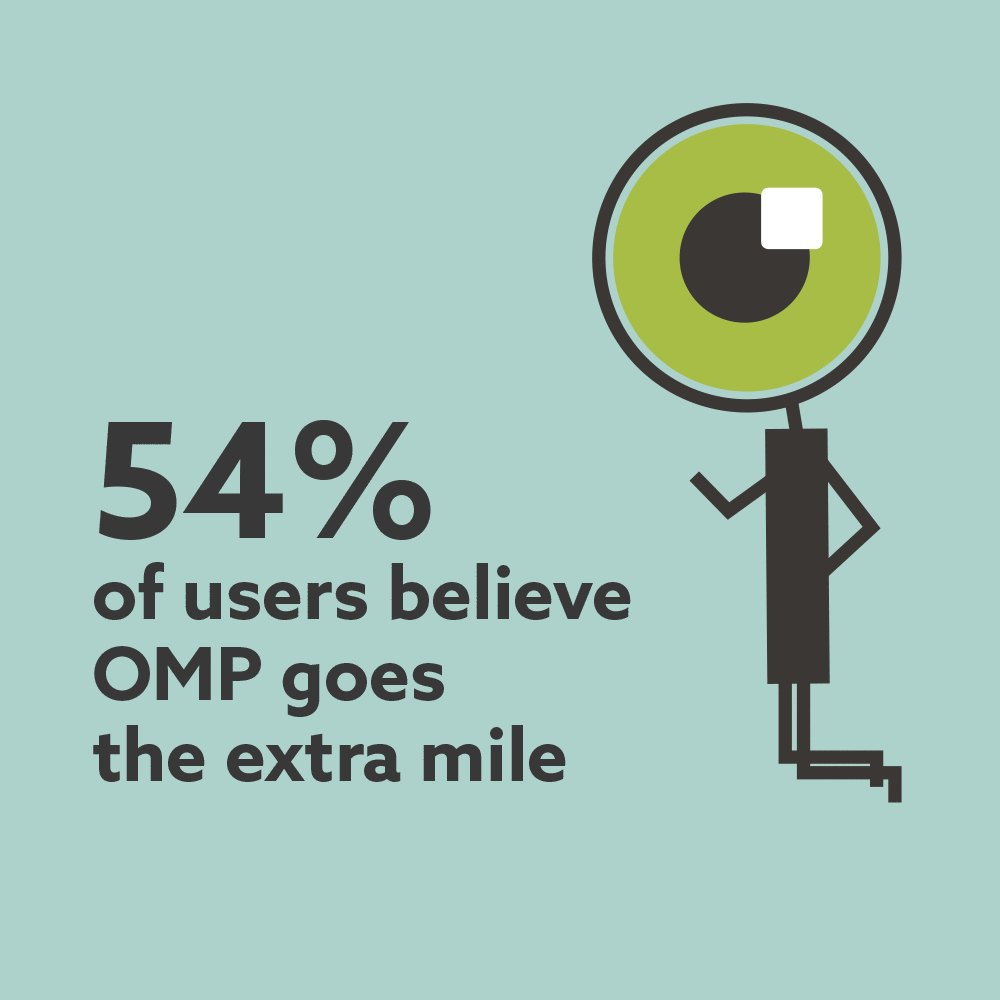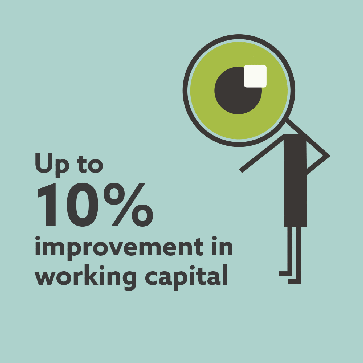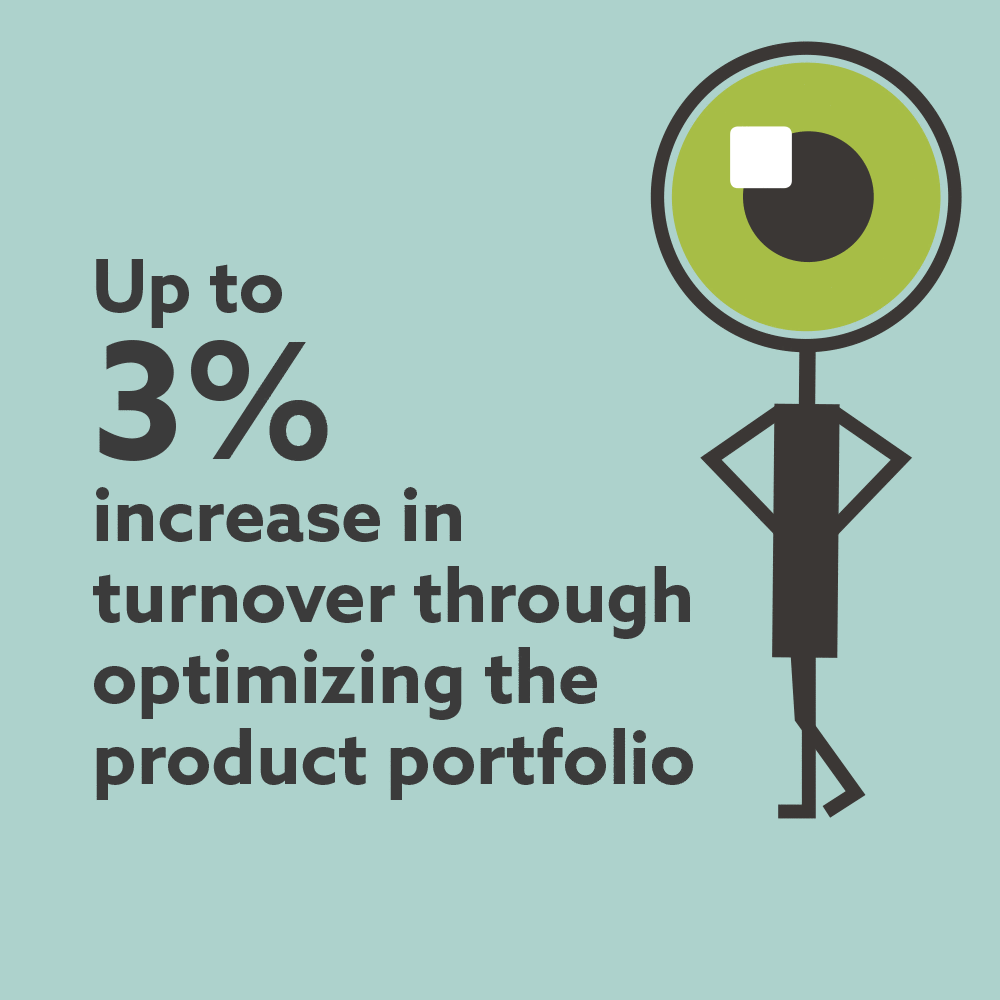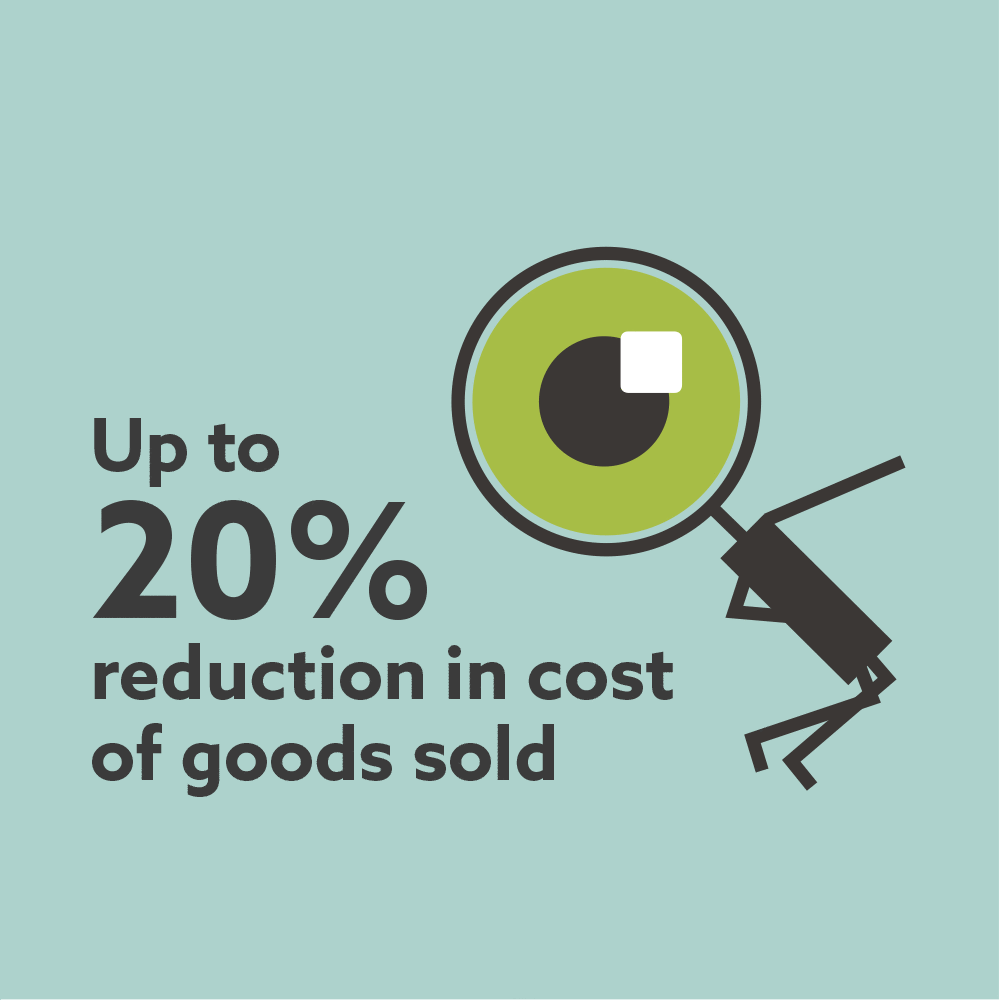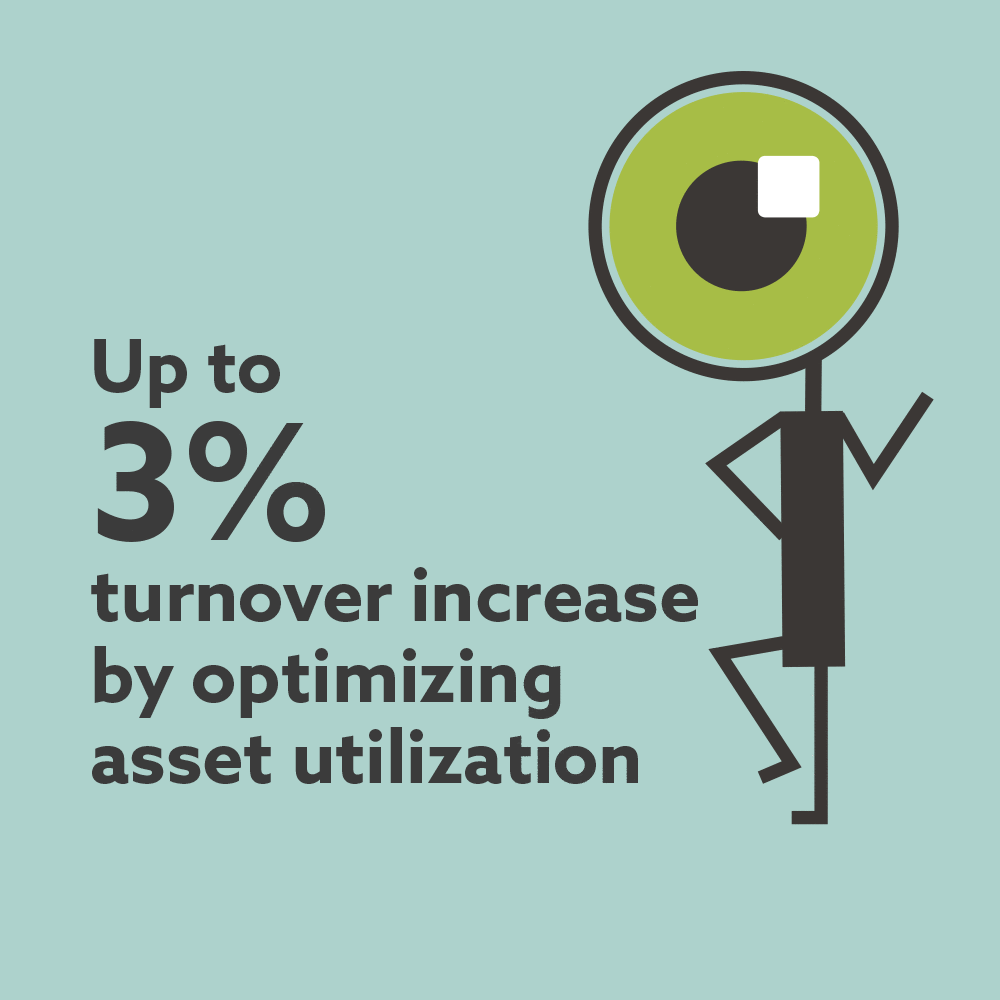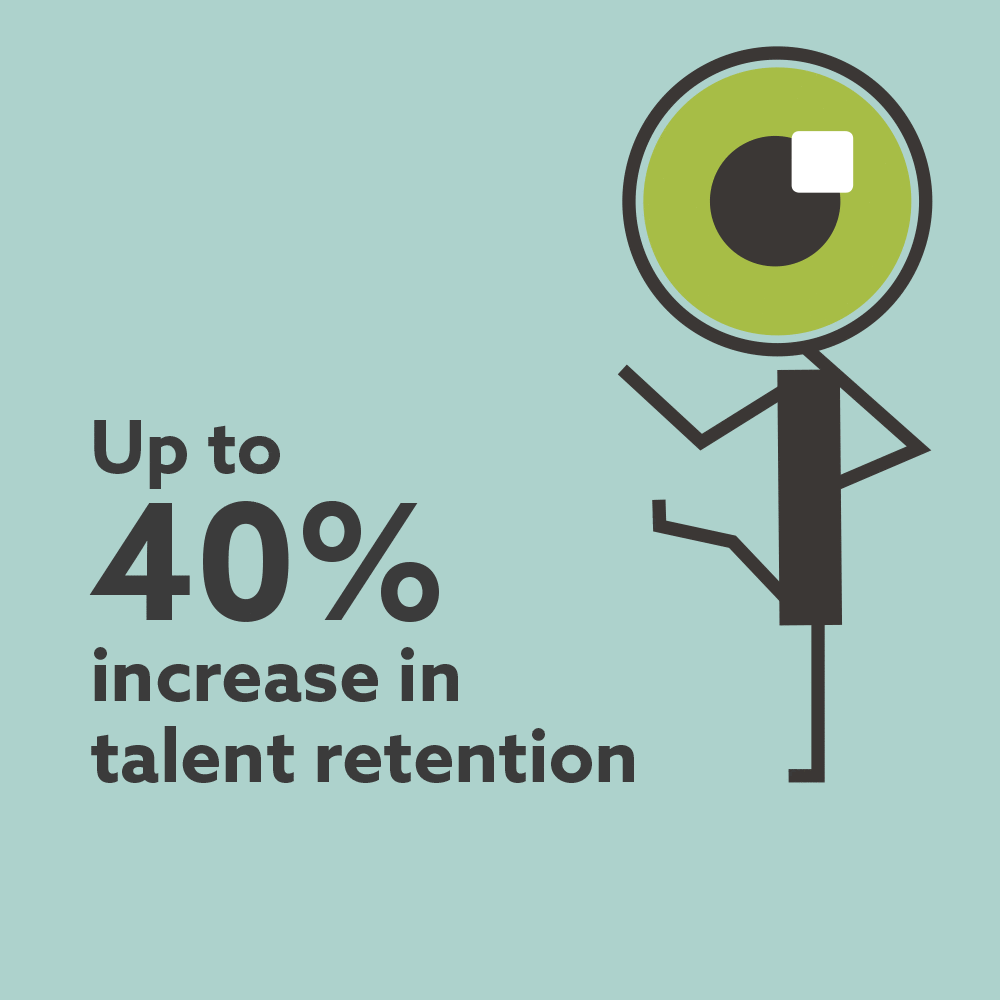
Financial leader
Boosting supply chain financial performance
What about the financial impact?
Supply chain planning is by its nature a difficult exercise, and it becomes even more challenging if you have to take into account profitability. Costs need to be kept down, working capital needs to be optimized, and operational incidents need to be avoided, otherwise your EBITDA will go down fast.
Every supply chain decision inevitably impacts your revenue and margin. Postponing or accelerating a product launch? Shutting down a production line? Opening a new distribution center? Rerouting the production of a high runner? Increasing a plant’s capacity? Lowering product inventory levels? You’ll want to know the immediate financial impact of each of these decisions, as well as the long-term side effects.
Smoother operation, better and faster decision-making
That’s where OMP comes in. The solution balances difficult trade-offs by design, allowing all supply chain planners to work in unison for a smoother operation with no unpleasant surprises ruining your financial targets. Inventory levels are managed to reduce working capital without compromising efficiency and service. Utilization of valuable assets is maximized. Bottlenecks and conflicts are taken care of.
Financial reporting is available throughout. OMP also allows you to simulate different scenarios and evaluate the results in financial terms, based on the cost and margin information you provide. This is a great support when it comes to making difficult decisions for both the short and the long term.
Benefits
And every OMP project comes with a mutually agreed value plan. Financial value targets are tracked and measured over time, giving insight into all the benefits gained. Solid!
A tailored solution
Success stories
What customers say

“We use OMP's solution to continuously evaluate our sales strategy and assess the risks involved in signing new long-term contracts. The system can help us, for example by giving us the tools to simulate the effects of investment or changes in production and supply routes.”
Stéphane Roux, Chief Information Officer at Eramet
"The resulting savings enabled us to recover the cost of the system in just three months!"
Gérard Serre, Logistics Manager at Yoplait
“OMP is capable of generating a value-based plan, including the complexities of our chemical network.
We now discuss value instead of volume! Our response times have significantly improved thanks to the efficient execution of decisions in daily operational planning and scheduling on the same OMP platform.”
Rainer Fretzen, Head of Performance Intermediates at Evonik

“Our goal was to reach lower stocks while maintaining the same service level for our customers. We already see the first benefits. We need less change-overs, we produce less rush orders and have less stock ruptures.”
Heidi Behiels, Group Planning Manager at Betafence
"OMP has contributed to a reduction of stock coverage by up to 3 weeks and an average 10% rise in service level”.
Ghislain Ysebaert, Vice President M.I.S. & Marc Mortaignie, M.I.S. Project Manager at Samsonite
)


